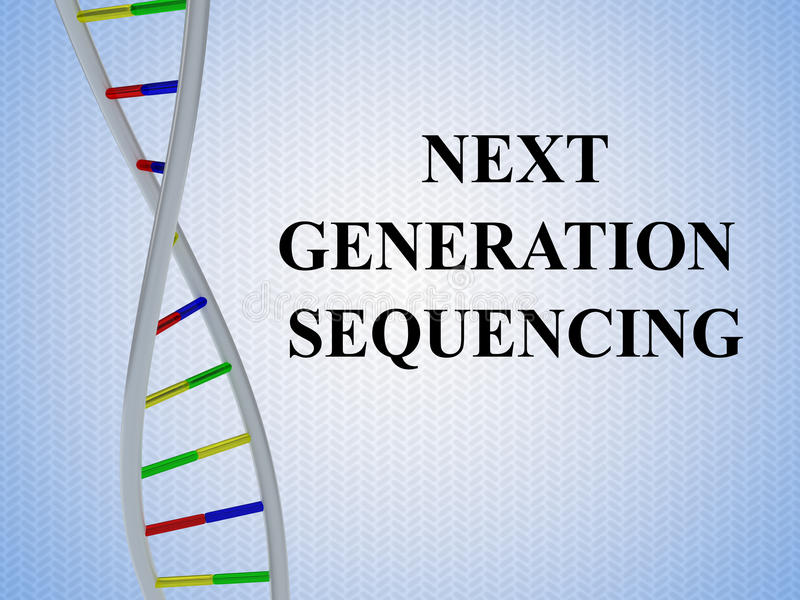Next Generation Sequencing

| Next Generation Sequencing | |
|---|---|
| Course Description | This course explores next-generation sequencing (NGS) technologies and their applications in the biological sciences. With its high throughput, scalability, and speed, NGS has transformed genomic research, enabling complex analyses of biological systems. Students will learn about diverse NGS techniques, data analysis, and visualization tools essential for addressing modern genomic research challenges. |
| Recommended Books | 1. Next Generation Sequencing – 2018 Methods and Protocols by Dr. Steven R. Head et al. 2. Next-generation Sequencing: Current Technologies and Applications. Canister Academic Press 3. Clinical Applications for Next-Generation Sequencing by Urszula Demkow and Rafal Ploski |
| Course Learning Outcomes | After completing this course, students will: 1. Understand the principles and applications of NGS technologies. 2. Analyze high-throughput sequencing data and interpret biological insights. 3. Apply NGS methods in practical research and clinical domains. |
| Assessment System | Quizzes: 10-15% Assignments: 5-10% Midterms: 30-40% End Semester Exam: 40-50% |
| Lecture Plan | ||
|---|---|---|
| S.No. | Description | Quizzes/Assignment |
| 1 | Overview of Genetic Testing and Sequencing Technologies | |
| 2 | The Promise of Genetic Testing and Sequencing Technologies | Quiz 1 |
| 3 | Clinical Genetic Testing: Analyzing Genetic Variants | |
| 4 | Traditional Cytogenetics and Microarray Diagnostics | Assignment 1 |
| 5 | Biochemical Genetic Tests and Diagnostic Approaches | |
| 6 | Reproductive Genetic Testing | Quiz 2 |
| 7 | Sequencing Technologies: PCR and Sanger Sequencing | |
| 8 | Next-Generation Sequencing: Sequencing by Synthesis | Assignment 2 |
| 9 | Raw Data Analysis and Variant Identification | |
| 10 | Clinical Linkage: Diagnostic Genetic Testing | Quiz 3 |
| 11 | Emerging Areas in Genetic Testing and Analysis | |
| 12 | Non-coding Variants and DNA Methylation Testing | Assignment 3 |
| 13 | Improving Variant Classification in Complex Traits | |
| 14 | Long Read Sequencing: Applications and Advancements | Quiz 4 |
| 15 | Single Cell Sequencing and Future Perspectives | |
